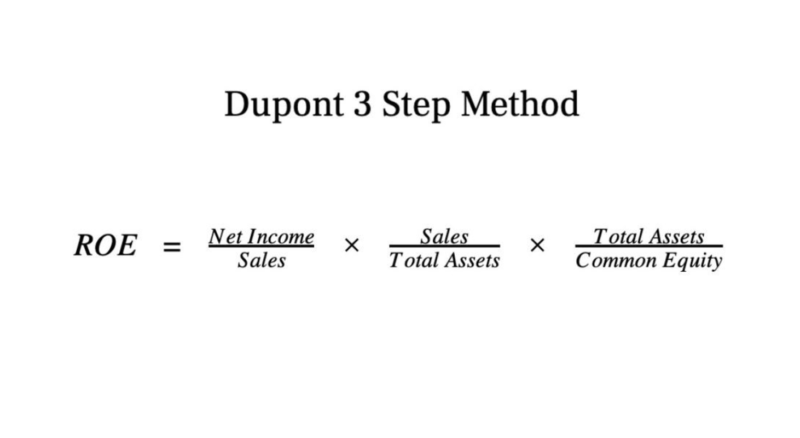
Cost drivers are the factors that cause changes in the total cost of producing a good or service. With process costing, products typically move from department to department in a “production line” format instead of the materials and labor coming to the product at one location (as is typically the case in job order costing, where each product is unique). Each department performs a different function and can be considered its own little business or mini-factory.

In this example, grapes purchased and grape press maintenance relate to the crushing process and packaging supplies and packager labor relate to the packaging process. The final step is to designate the costs for the complete and incomplete products. In this example, the total cost for the completed products is $280,000 ($28 x 10,000) and the total cost for the incomplete process costing examples products is $70,000 ($28 x 2,500). In addition to setting the sales price, managers need to know the cost of their products in order to determine the value of inventory, plan production, determine labor needs, and make long- and short-term plans. They also need to know the costs to determine when a new product should be added or an old product removed from production.
Activity-based costing
Process costing system is an accounting method usually used by manufacturing companies that mass produces very identical products or units of output. This costing system is used when the costs of producing each individual unit are very similar, and it is difficult to track the costs for each individual unit throughout the production process. In this article, we will discuss the process costing system examples, methods, and steps. Often, process costing makes sense if the individual costs or values of each unit are not significant.
- Activity-based management includes (but is not restricted to) the use of activity-based costing to manage a business.
- In the early industrial age most of the costs incurred by a business were what modern accountants call “variable costs” because they varied directly with the amount of production.
- If a process costing system does not work well with a company’s cost accounting systems, there are two more systems to consider.
- During month, this department has finished 10,000 pairs of shoes and passes them to next stage.
- This can be done either using the weighted average method, standard costing method, or the first-in-first-out (FIFO) method.
- Identify whether each business listed in the following would usejob costing or process costing.
- Hence, each department prepares a report that includes the three elements of process costing which are the department’s direct materials, direct labor, and manufacturing overhead.
According to Texas Monthly, “Once Sandy was sure that nobody had noticed the first fraudulent check, he tried it again. Each time, Sandy would repeat the scheme, pairing his fraudulent check with one that appeared legitimate. Someone would have to closely examine the checks to see any discrepancies, and that seemed unlikely.” The multimillion dollar fraud was exposed when another accountant looked closely at the checks and noticed discrepancies.
Weighted average costs method
Work in process begins with the first stage of production(mixing and blending), continues with the second stage (bottling),and ends with the third stage (inspecting, labeling, andpackaging). When products have gone through all three stages ofproduction, they are shipped to a warehouse, and the costs areentered into finished goods inventory. Once products are deliveredto retail stores, product costs are transferred from finished goodsinventory to cost of goods sold. Process costing system considers work in progress — things that have entered but have not completed the production process — at the beginning and end of each period to precisely estimate the cost of creating each unit. There are situations whereby companies manufacture a broad mix of products and find it difficult to accurately assign actual costs to each type of product; in such instances, using standard costs can be very useful. After a production run is finished, the total costs that are accumulated based on standard costs are then compared to the actual total costs, and the difference between them is added to a variance account.
Automated Warehouse: Examples, Benefits, and Trends – Inbound Logistics
Automated Warehouse: Examples, Benefits, and Trends.
Posted: Thu, 09 Nov 2023 08:00:00 GMT [source]
For example, a job-based manufacturer may find that a high percentage of its workers are spending their time trying to figure out a hastily written customer order. Via (ABC) Activity-based costing, the accountants now have a currency amount pegged to the activity of “Researching Customer Work Order Specifications”. Senior management can now decide how much focus or money to budget for resolving this process deficiency. Activity-based management includes (but is not restricted to) the use of activity-based costing to manage a business. The materials directly contributed to a product and those easily identifiable in the finished product are called direct materials.
Process Costing Problems and Solutions
Manufacturing overhead will be estimated, just as in the job costing method, but will need to be recorded as incurred. The clearing account will be used to accumulate the actual costs, and a reconciliation will be done at the end of each period. With processing, it is difficult to establish how much of each material, and exactly how much time is in each unit of finished product. This will require the use of the equivalent unit computation, and management selects the method (weighted average or FIFO) that best fits their information system. Period costs are expensed during the period in which they are incurred; this allows a company to apply the administrative and other expenses shown on the income statement to the same period in which the company earns income. Under generally accepted accounting principles (GAAP), separating the production costs and assigning them to the department results in the costs of the product staying with the work in process inventory for each department.
The cost-volume-profit analysis is the systematic examination of the relationship between selling prices, sales, production volumes, costs, expenses and profits. This analysis provides very useful information for decision-making in the management of a company. For example, the analysis can be used in establishing sales prices, in the product mix selection to sell, in the decision to choose marketing strategies, and in the analysis of the impact on profits by changes in costs. In the current environment of business, a business administration must act and take decisions in a fast and accurate manner. As a result, the importance of cost-volume-profit is still increasing as time passes. A company can use the resulting activity cost data to determine where to focus its operational improvements.
